And so the world finally bestirs itself in the direction of going out because it’s now allowable. A young millennial friend reports back on the power of Nitram, the Martin Bryant film by Justin Kurzel of Snowtown and The Kelly Gang fame with Caleb Landry-Jones as the perpetrator of the Port Arthur massacre while adding that the trouble with a film like this is that it makes you feel sympathy for someone you would rather just think of as a monster. Many years ago, not long after 9/11 we saw, in New York, Gus Van Sant’s Elephant, a masterpiece based on the Columbine killings: it left little room for anything but pity and terror. Nitram is a reminder, though, that we still live in the age of the streamers – it’s on Stan from 24 November. It’s probably a good bet that the kids will keep the cinemas going but a lot of people are liable to continue to fall back on streamer television just as so many people are still spending at least some fraction of their time working from home even if their offices, when they go to them, have the aura of a brand new day.
If anything is going to lure people in hordes to the cinema it will be the last of the Daniel Craig James Bond films No Time To Die. What on earth is the James Bond franchise all about? Ian Fleming’s novels – which were admired by John F. Kennedy and which started it all – are the work of someone who can write (Fleming also wrote the kids’ book Chitty Chitty Bang Bang) but they don’t really belong with the higher trash (where entertainment starts to show its family resemblance to art) like Raymond Chandler and John le Carré , whose posthumous novel Silverview is out for Christmas. With the majesty of the cars and the nonchalance of the violence James Bond was always an evolving exercise in style. Everything was shaken, not stirred, through all his different faces. Sean Connery was a turbulent Scot pretending to be posh and achieving a dramatic grandeur that transcended it. Roger Moore took Bond in the opposite direction of high comedy and flawless good looks, everything wry and understated. Pierce Brosnan somehow combined the Celtic darkness with suggestions of a Noel Coward-like lightness of touch. Other fly by night Bonds – the Australian George Lazenby, Timothy Dalton, a good fit for the Bond of the books – were unlucky to get such shortness of tenure.
Of course there was a deep delight in the way Fleming broke the Fifties habit of double entendre wide open with girls like animated centrefolds sporting names like Pussy Galore. And there was a parallel glitter to the diabolism of the Bond villains who in their widely different ways were fiends of style. All more or less camp in their mannerisms and cunning tricks.
Baby boomers have known Bond since their childhoods and so in a surprising way has every succeeding generation. When Pierce Brosnan had had his day some old-timers and Gen Xers would have opted for Clive Owen or Dougray Scott, very charismatic as the villain in the John Woo Mission Impossible film. But somehow Daniel Craig’s disavowal of a trailing cloak of style seems to have stood him in good stead.
Style was something which Bert Newton who died last week had to the highest degree though he constantly disguised it. He was one of the earliest faces of Australian television and he brought a particular old-fashioned buoyancy to it. He was radio-trained, golden-voiced and moon-faced. For many years, he was the fall guy to that melancholy master of talk show television Graham Kennedy but where Kennedy always thought he was a poor substitute for a real actor – wrongly, he’s superb in the odd film he made – Bert Newton always seemed to have a sane and balanced gratitude for what television had bestowed on him.
He used his very formidable skills to create a feeling of comfort in both his guests and his audiences. It was an old-fashioned sense of television as live tolerable patter that seems almost like a lost idiom but Bert Newton practised it like a master. You could talk to difficult intellectuals who had been interviewed by him who would marvel at how relaxed the warm bath of his attention had made them feel.
Almost lost in the mists of childhood there’s the memory of him on radio with Kennedy and Bert draws him out about how the book of Gone with the Wind compared with the film.
Books were just one of the things Chrissy Sharp who also died last week had set her mind to. She had run the Saddler’s Wells Theatre in London and her last gig was running the Sydney Writers’ Festival but her abiding achievement will probably be the extraordinary Wheeler Centre in Melbourne. Because of this artistic administrator of genius Melbourne has become a place where (until the lockdown) you could hear any and every variety of writer or critic or artistic player talk as if it were the most natural thing in the world for in-depth cultural discussion to be a dominant part of life.
You might find yourself holding forth about the role of the critic with Hilary McPhee and Gideon Haigh. You might be interviewed by Ramona Koval about Patrick White. You might sit enthralled as a supremely funny and self-deprecating man like Michael Frayn – has a funnier play than Noises Off ever been written? – told stories of what it was like to see experimental Germans lay waste his plays. You might see Kamilla Shamsie, Karachi-born, long domiciled in St. John’s Wood, London, and the author of the extraordinary re-statement of the Antigone myth in her novel Home Fire, hold an enthralled audience of hundreds. You might feel that sense of being in the midst of a great literary presence as Margaret Atwood spoke quietly about the different stages of her life as a writer. We constantly see barbarian impulses at work when it comes to writing. Chrissy Sharp created a monumental institution previously unparalleled as if it was the most natural thing in the world. It will be her everlasting memorial.
Got something to add? Join the discussion and comment below.
Get 10 issues for just $10
Subscribe to The Spectator Australia today for the next 10 magazine issues, plus full online access, for just $10.
You might disagree with half of it, but you’ll enjoy reading all of it. Try your first month for free, then just $2 a week for the remainder of your first year.

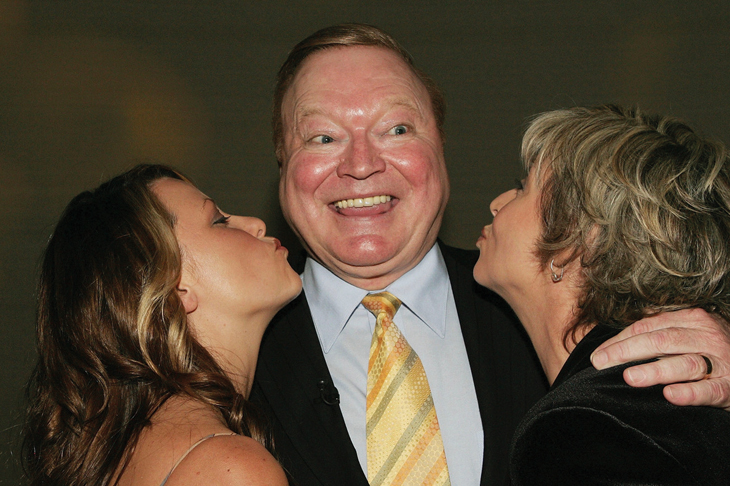
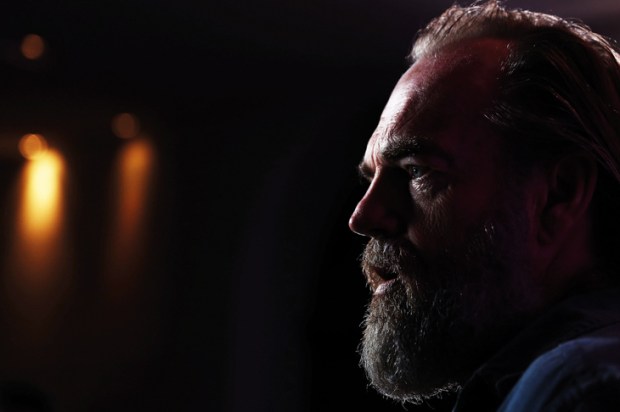
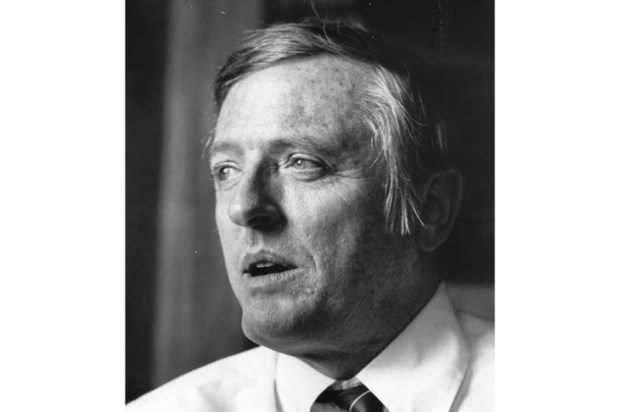
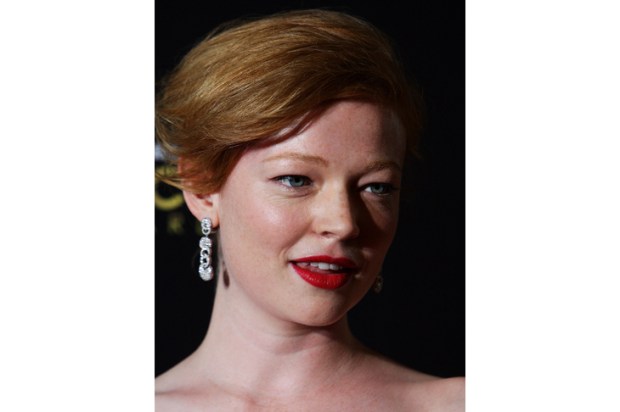
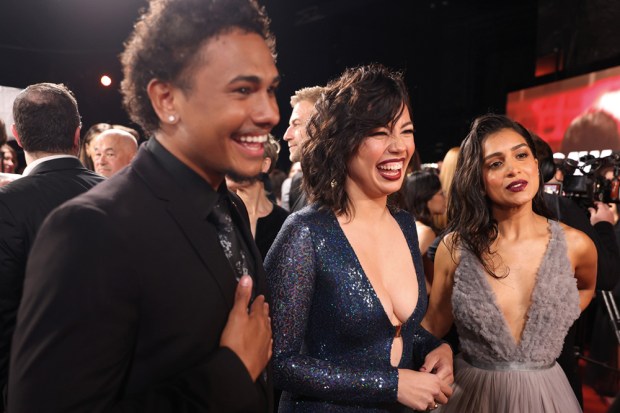
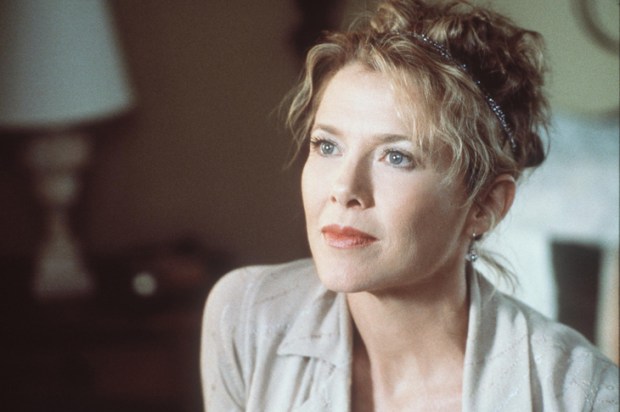
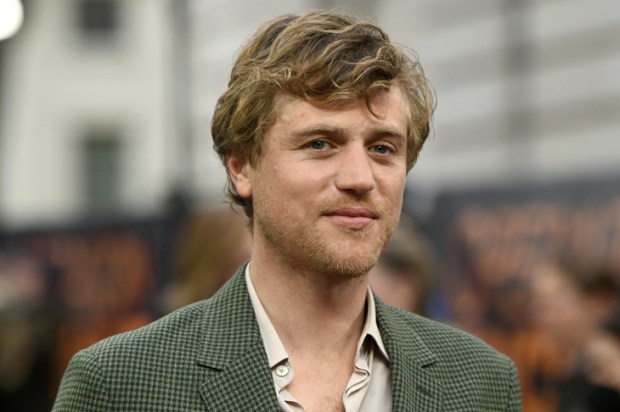






Comments
Don't miss out
Join the conversation with other Spectator Australia readers. Subscribe to leave a comment.
SUBSCRIBEAlready a subscriber? Log in